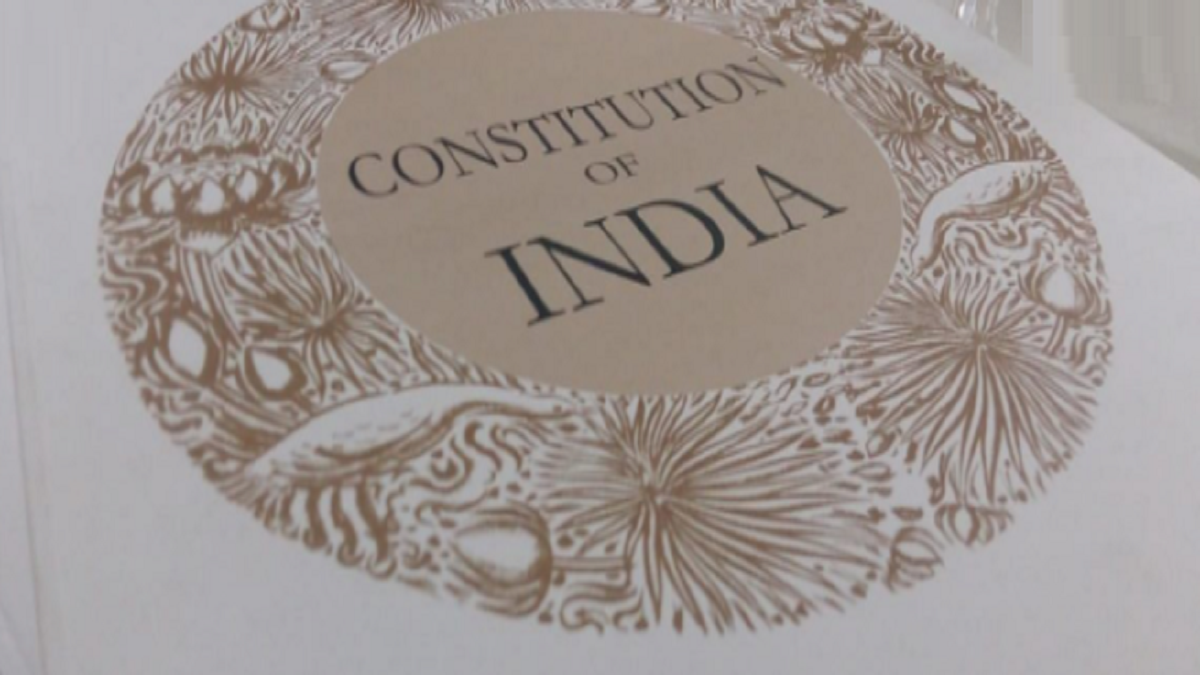


In the last piece, this author had highlighted the views of Dr. Ambedkar on “Constitutional Morality” as expressed in the debates of the Constituent Assembly on November 4, 1948. While his views on the subject cannot be interpreted as being representative of the entire Assembly, at the very least what can certainly be inferred is that one school of thought represented by Dr. Ambedkar interpreted constitutional morality as translating to respect for the values as embodied in and by the Constitution, both by the State as well as the people.
Given that constitutional morality is nowhere mentioned, let alone defined, in the Constitution, how does one identify the metes and bounds of this particular form of morality for the purposes of practical application? After all, an amorphous legal doctrine which lacks clear contours, even if well-intentioned, is bound to create more mischief than provide solutions. In the absence of any express mention or definition, one reasonable way appears to be to decipher the collective message of the express provisions of the Constitution and their associated history in order to make sense of the document as a whole. In other words, perhaps constitutional morality translates to the saaransh or the essence of the document. Not only would this approach be consistent with accepted principles of legal interpretation, it would do justice to the nature of a document such as the Constitution which defies a silo-based approach. That said, if there is an express reference to any other form of morality in the Constitution, how does one reconcile a meta construct such as constitutional morality with such express form of morality contained in the Constitution?
For instance, the right to free speech and expression guaranteed under Article 19(1)(a) may be reasonably limited by the State on grounds of “public order, decency or morality” under Article 19(2). Similarly, the right to form associations or unions under Article 19(1)(c) may be reasonably limited by the State “in the interests of the sovereignty and integrity of India or public order or morality” under Article 19(4). Again, the right to freedom of conscience and the right to freely profess, practise and propagate religion under Article 25(1) is “subject to public order, morality and health and to the other provisions of this Part (III)”. Finally, the rights of religious denominations or any section thereof under Article 26 are “subject to public order, morality and health”. The first thing that merits clarification is that while the word “morality” has been used in these provisions, it has been used in conjunction with “public order”. Clearly the word “public” extends to “decency or morality” in Article 19(2), to morality in Article 19(4) and to “morality and health” in Articles 25(1) and 26. In a nutshell, logic and language dictate that morality as expressly used in these provisions must necessarily be understood as “public morality”.
Apart from the Constitution, morality/public morality/morals find express mention as limitations on rights in several other legislations such as Section 5B(1) of the Cinematograph Act 1952, Section 28(1)(y)(i) of The Delhi Police Act 1978, Sections 13(4) and 42(1) of The Airports Economic Regulatory Authority of India Act 2008, Section 2(c) in The Indecent Representation of Women (Prohibition) Act 1986, Section 6(k) in The Cable Television Networks Rules 1994, Sections 11(3) and 25(1) of The Telecom Regulatory Authority of India Act 1997, Section 3(4)(b) of The Foreign Trade (Development and Regulation) Act 1992, Section 3(b) of the Patents Act 1970, Section 29(1) of The Protection of Plant Varieties and Farmers’ Rights Act 2001, Section 5(1) and Section 35(1) of the Designs Act 2000, Section 41 of The Insurance Regulatory and Development Authority (Conditions of Service of Officers and Other Employees) Regulations 2000 and Section 11(2)(b) of the Customs Act 1962.
How does one interpret “public morality” as used in the above identified legislations? Should different meanings be imputed to “public morality” under the Constitution and as used in these statutes? In most other jurisdictions, “public morality”/“morals” have been used to refer to prevalent standards of societal morality i.e. what a society at a given point in time deems morally permissible or impermissible based on its cultural and civilizational moorings. In fact, in the United States, public morality remains a legitimate basis for legislation and such legislations fall under the basket of “morals legislation”. Interestingly, a reading of the drafting history of the Agreement on Trade-Related Aspects of Intellectual Property Rights (TRIPS) reveals that the concepts of “ordre public” (public order) and “morality”, which typically go hand in hand as twin limitations on individual rights, have their origins in French Law. This fact has been captured in the authoritative work on TRIPS by Daniel J. Gervais titled “The TRIPS Agreement: Drafting History and Analysis”, published in 2008.
The literature suggests that the concept of “morality” is drawn from the French concept of “bonnes mœurs”, which is understood as “the degree of conformity to moral principles (especially good)”, whereas “ordre public” is an evolutionary concept that expresses concerns about “matters threatening the social structures of civil society as such”. In a nutshell, the concept of morality has been typically founded on the totality of accepted norms which are deeply rooted in a particular culture. Given that public morality gives recognition to societal norms and is therefore meant to foster moral diversity, would it not be fair to contend that constitutional morality lies in recognizing the moral diversity enabled by public morality? Would it not follow that synonymizing public morality with a judicially-fashioned version of constitutional morality would lead to undermining the constitutional mandate of moral diversity? Importantly, in the context of a diverse society such as Bharat, what would constitute the basket of accepted societal norms in order for it to rise to the level of public morality? These and other questions will be addressed in the next piece.
J. Sai Deepak is an Advocate practising as an arguing counsel before the Supreme Court and High Court of Delhi.